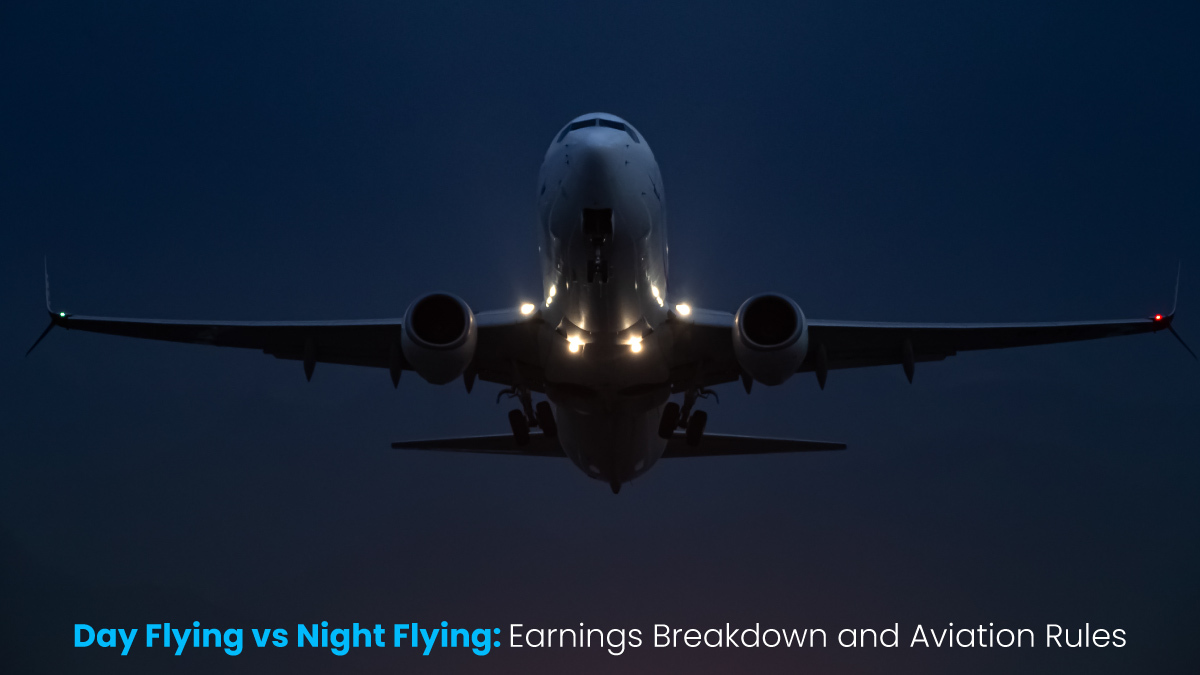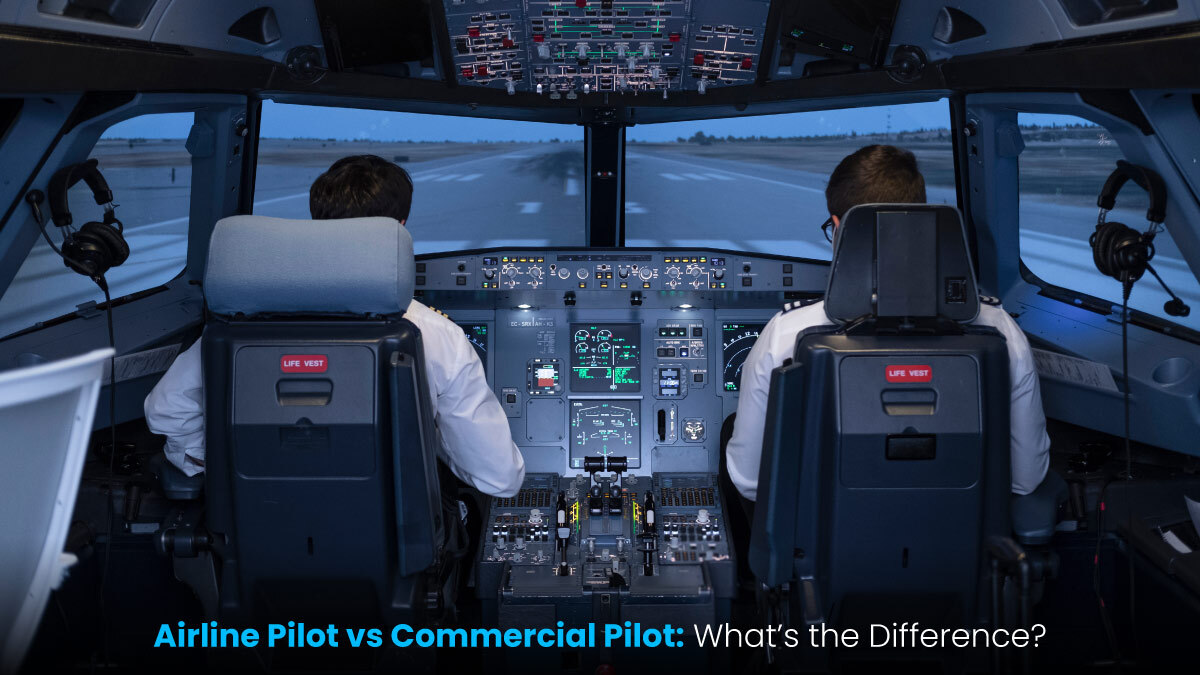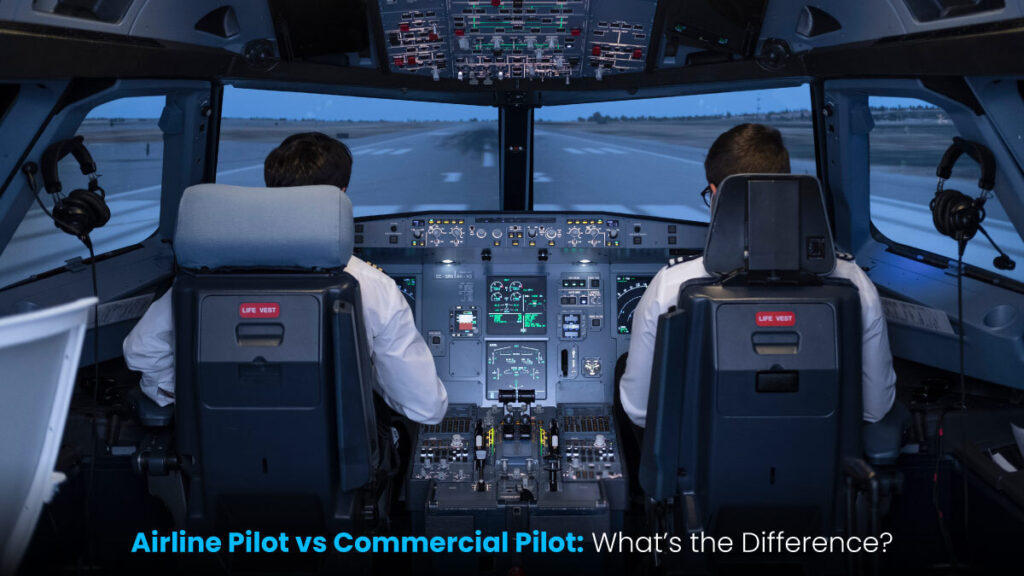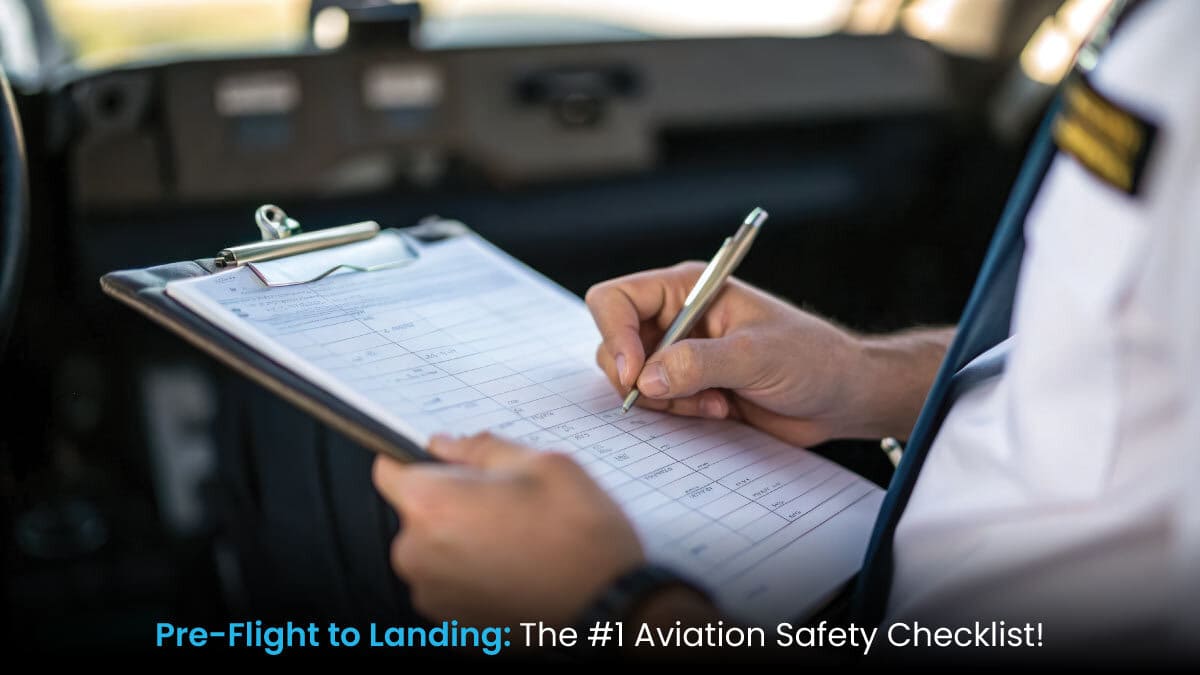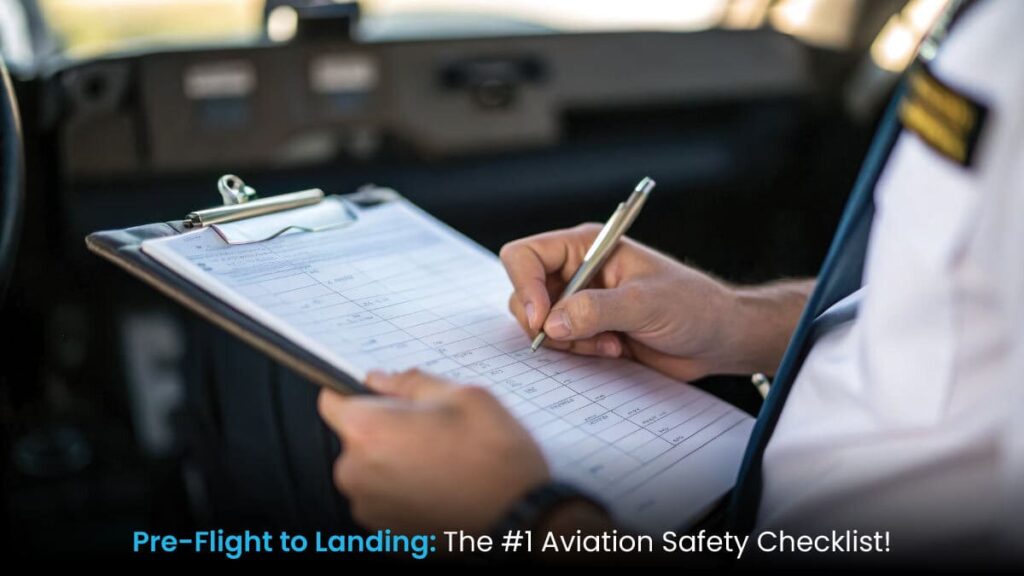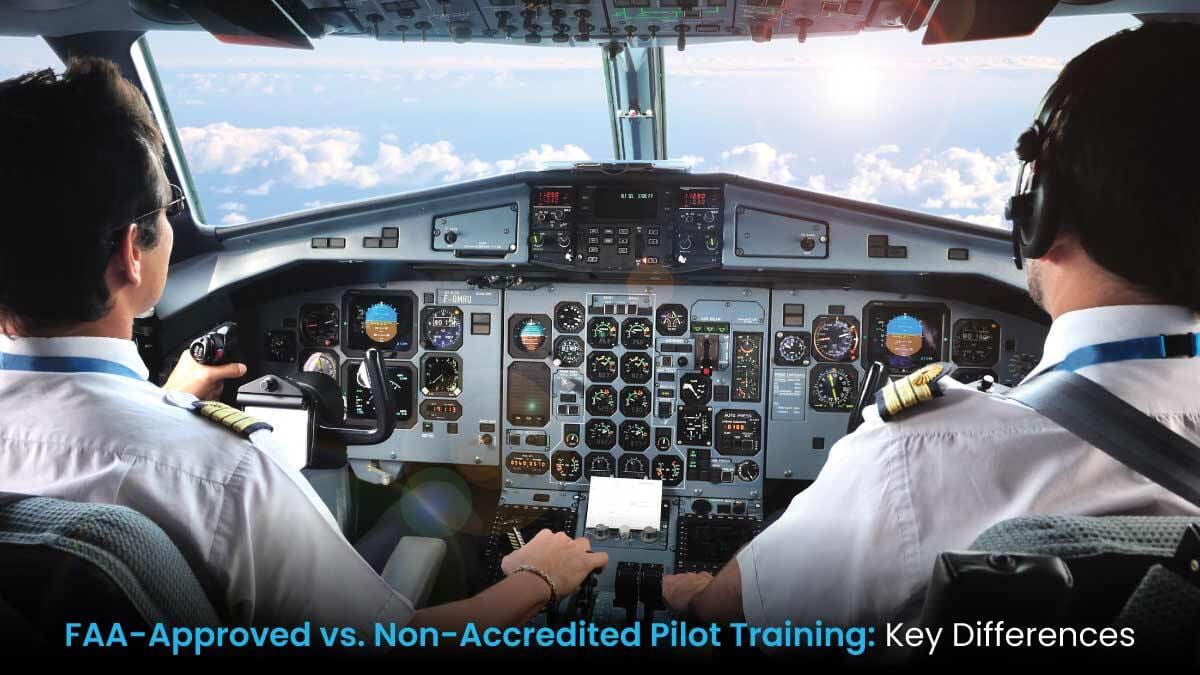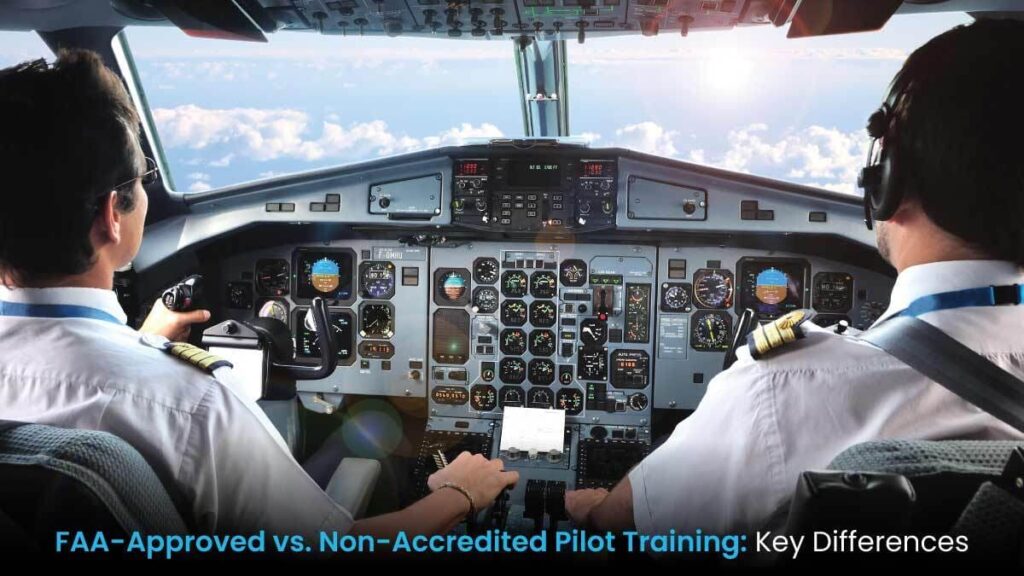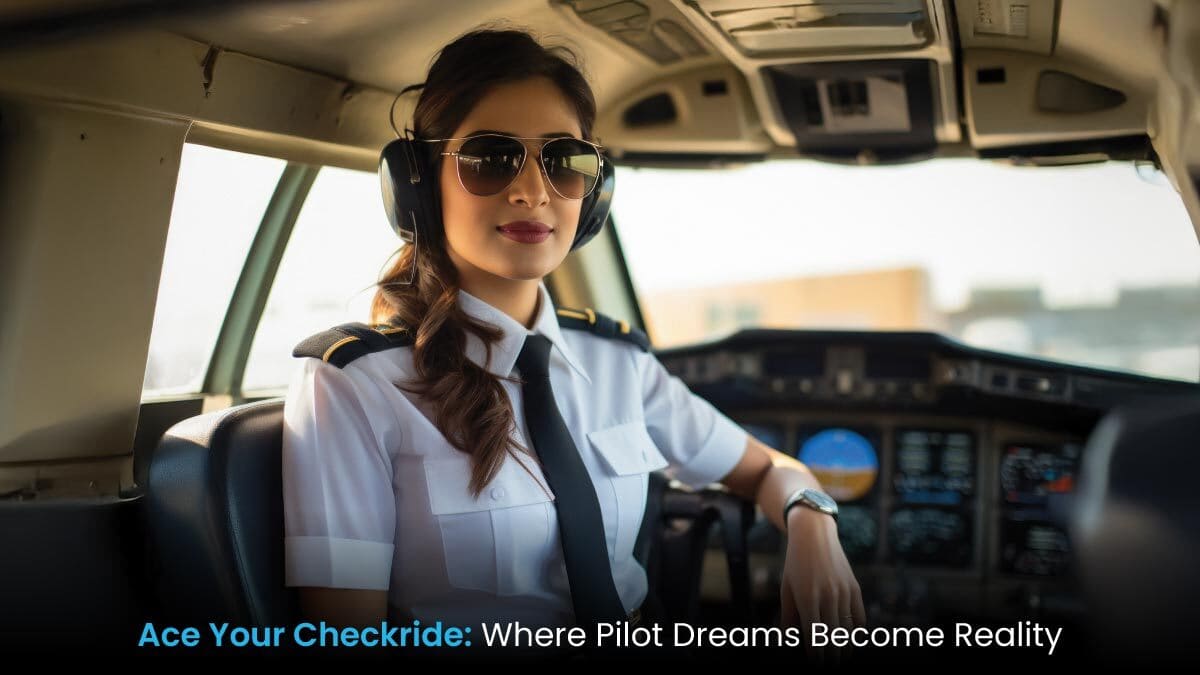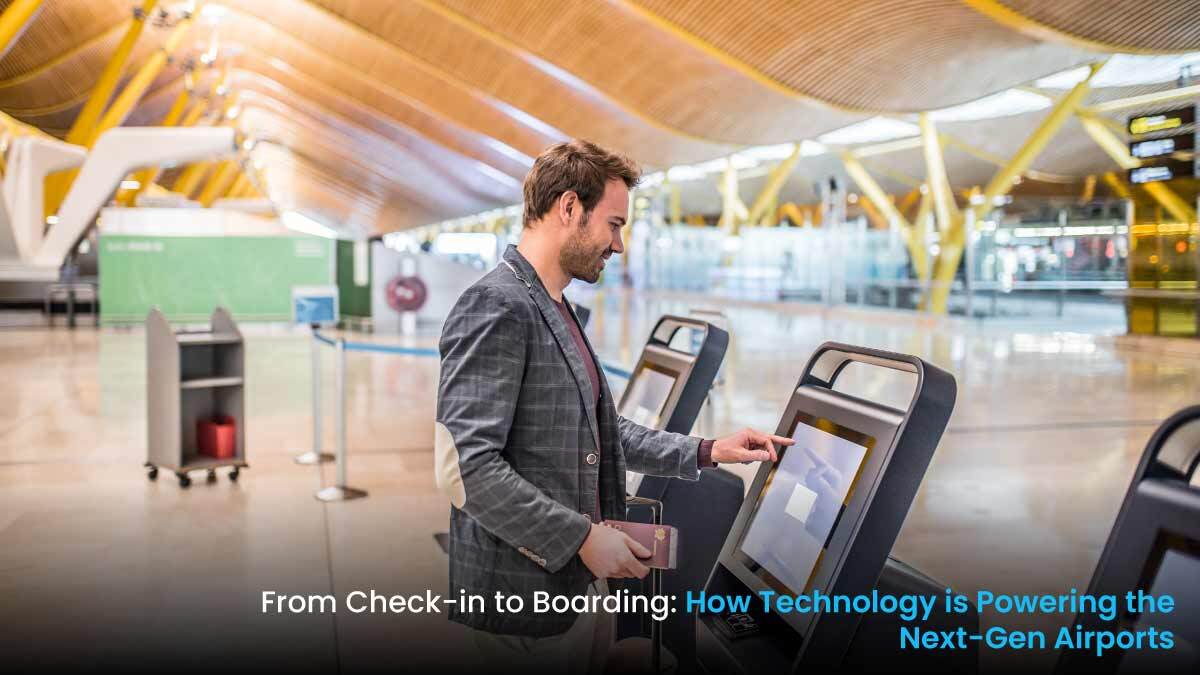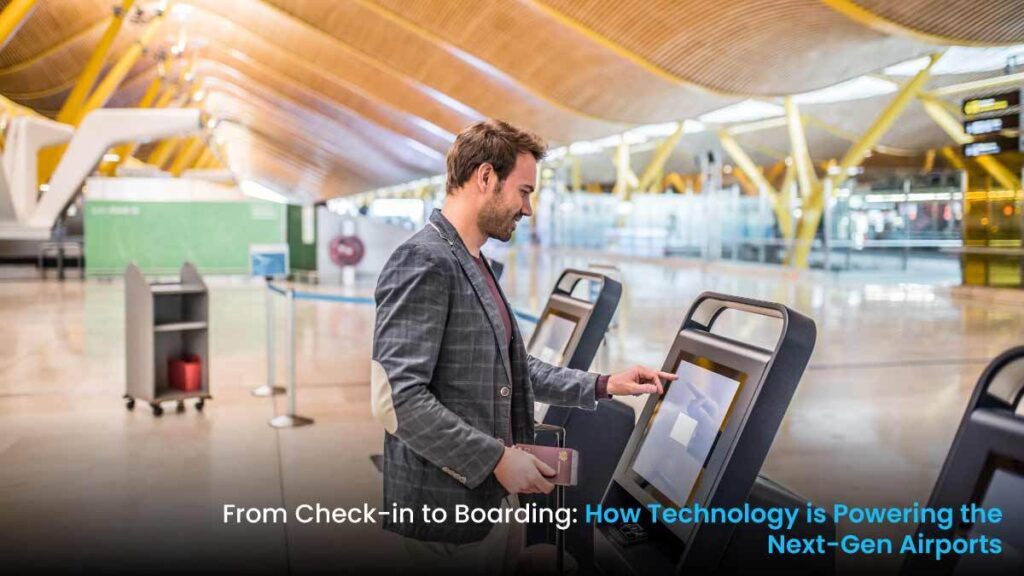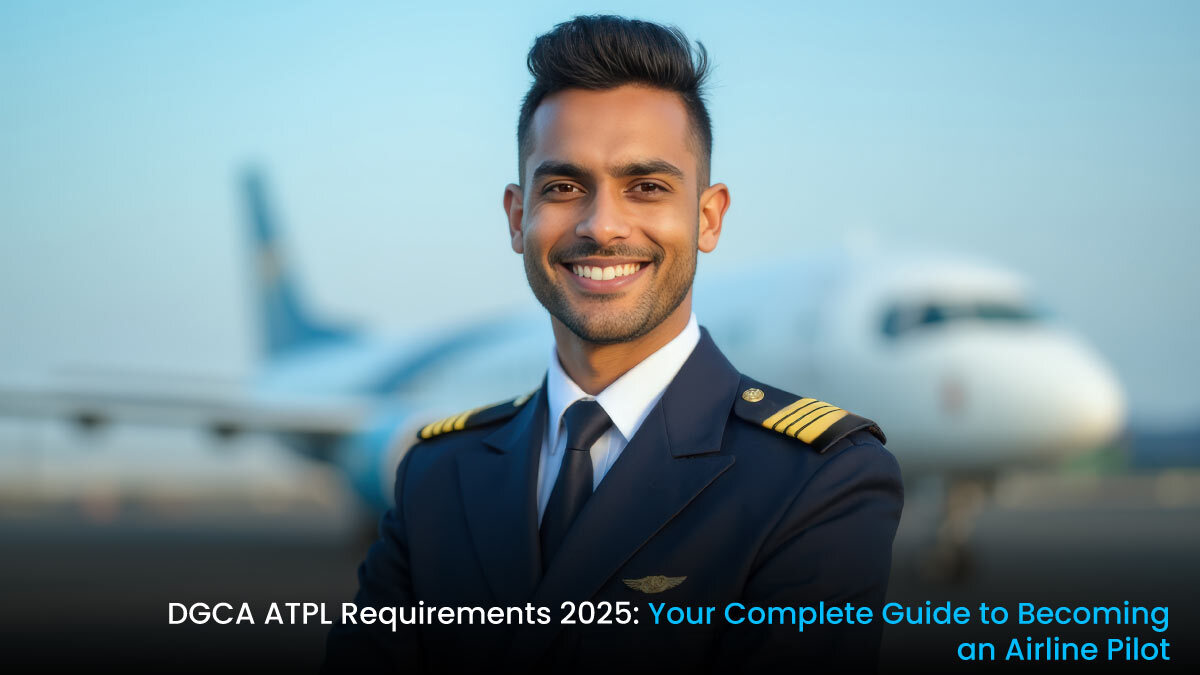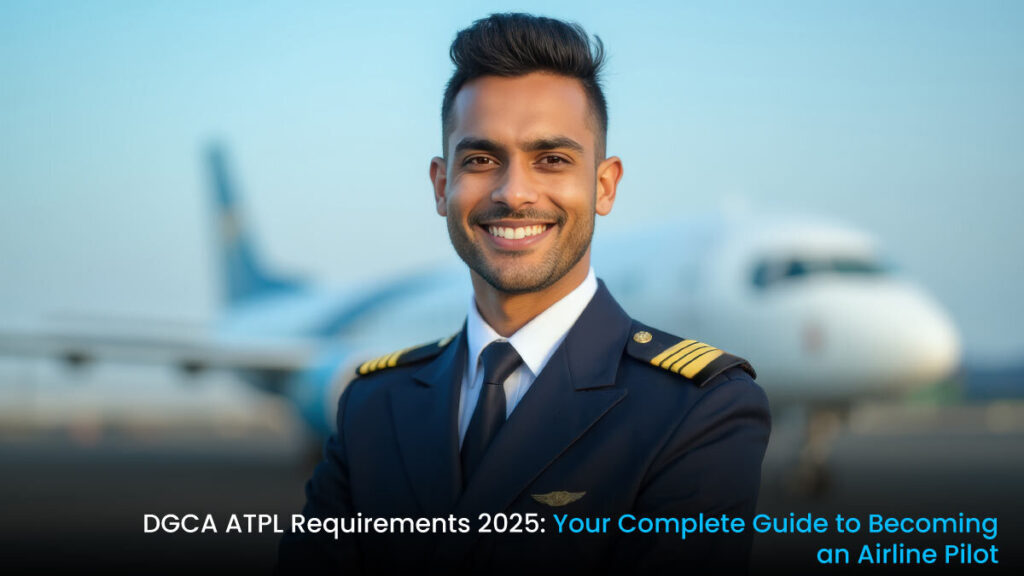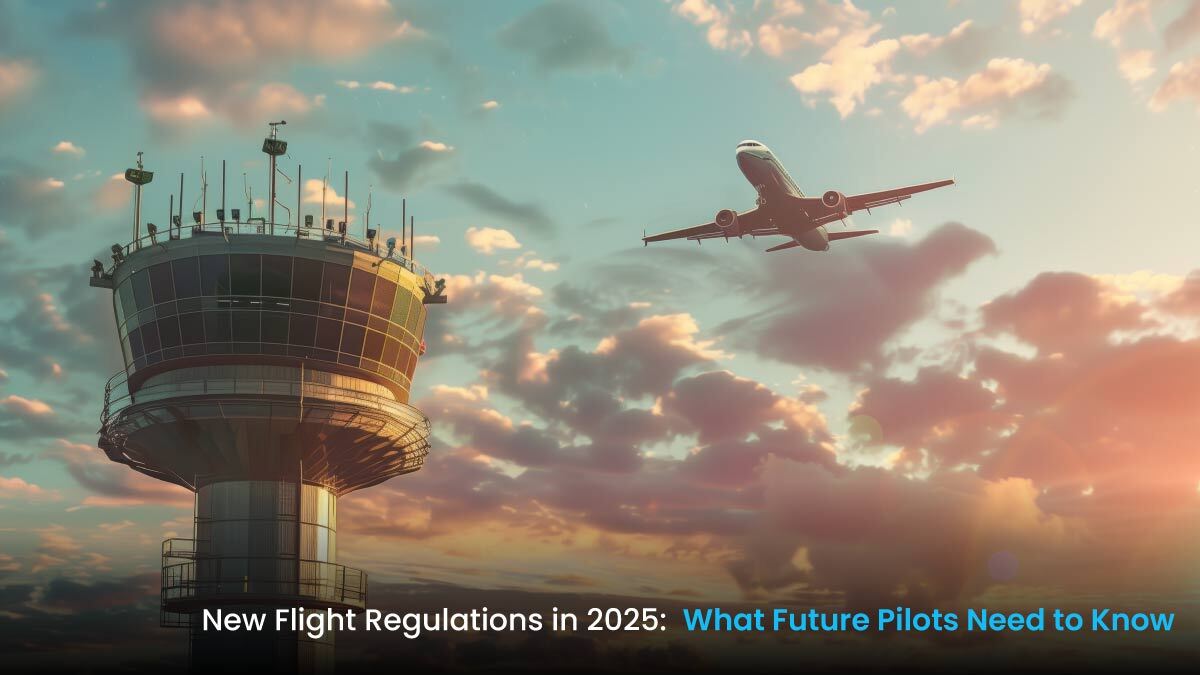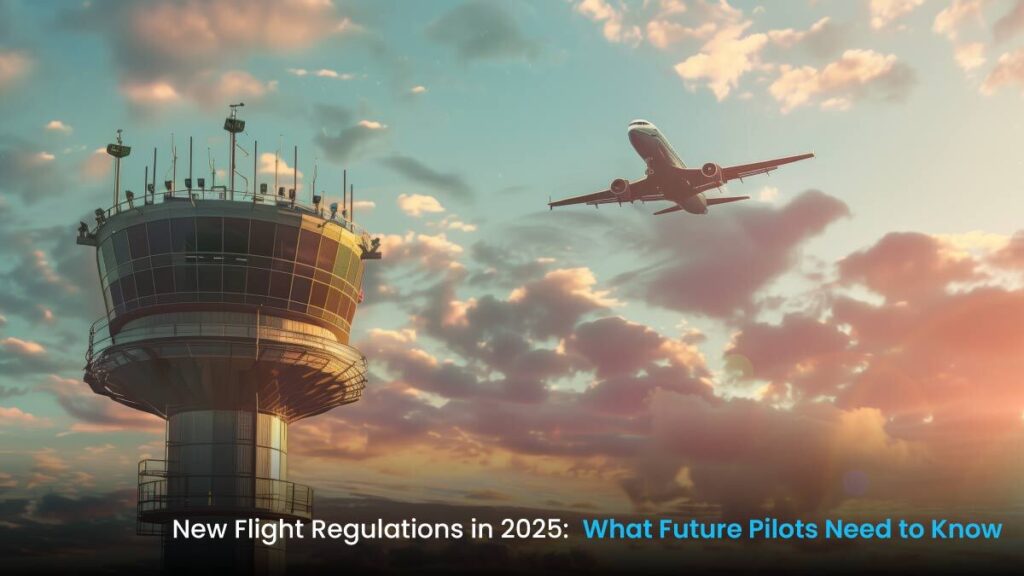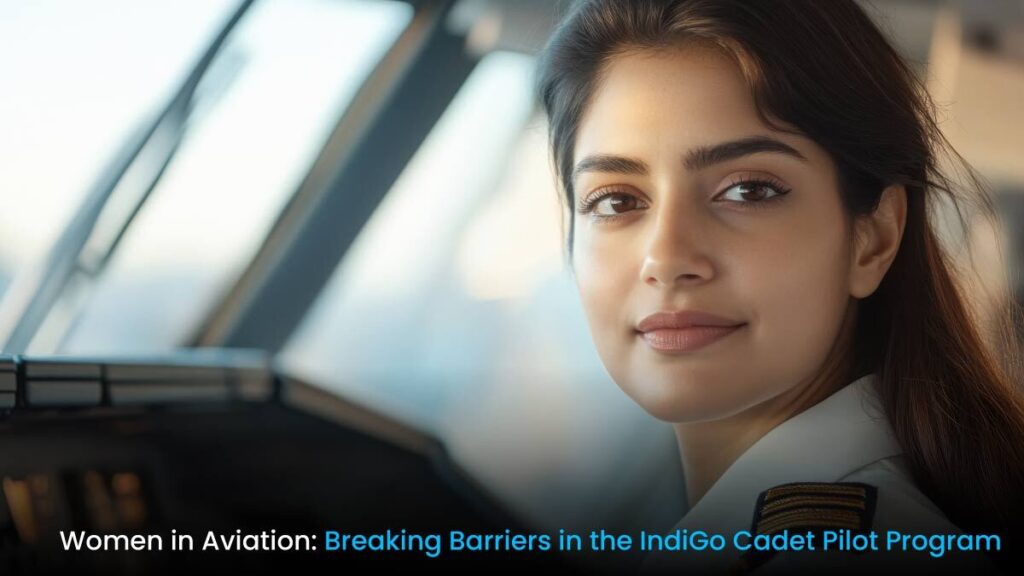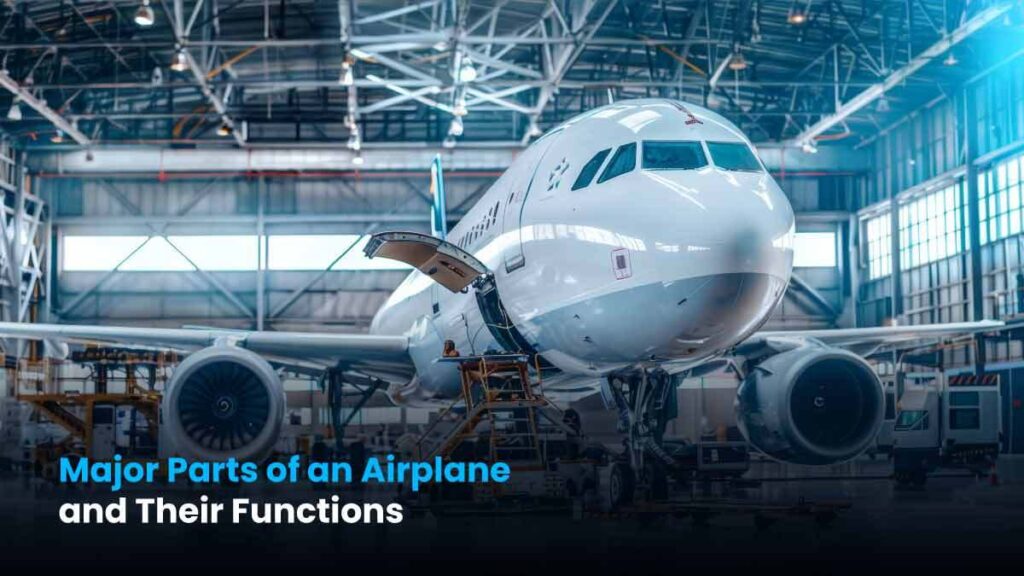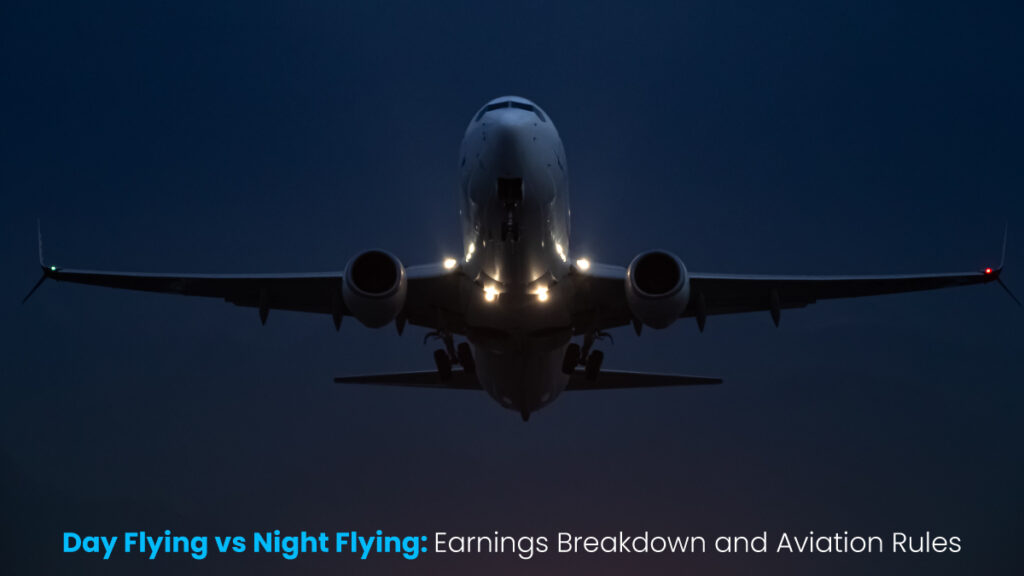
Why Time of Day Matters in Flying
Flying a plane isn’t just about getting from one place to another—it’s also about when you fly. The time of day can make a big difference in how a flight goes. Daytime flights and night flights feel very different, and each comes with its own rules, challenges, and rewards. From how well you can see to how much you might earn, day vs night flying is something every pilot needs to understand.
If you’re dreaming of becoming a commercial pilot, or you’re a parent helping your child choose a career in aviation, this guide will help explain how night flight and day flight differ. We’ll cover Pilot Training, flying conditions, Flight Rules, and even new laws that are changing how pilots are trained. You’ll also learn how Insight Aviation helps students prepare for all kinds of flying, day or night.
How Day and Night Flying Are Different
Flying during the day is usually easier for beginners. You can see everything clearly—roads, mountains, clouds, and other airplanes. That makes flying safer and less stressful, especially for students just starting their Pilot Training.
Flying at night is more challenging. The sky is dark, so pilots have to depend on their instruments and talk more with Air Traffic Control (ATC). The lack of light can also trick your eyes. Pilots can see things that aren’t really there or miss things they should notice. That’s why good Pilot Training for Night Flying is important.
But there are some good things about flying at night too. The air is cooler and denser, which makes planes work better. This is all part of Aerodynamics—how air moves around the airplane. Planes often take off more smoothly and use fuel more efficiently at night. Also, the skies are less crowded.
Still, pilots have to work harder at night. They get tired more easily and can’t rely on just their eyes. They must be extra careful, stay alert, and keep checking their instruments.
How Pilots Learn to Fly Day and Night
To become a pilot, students first learn to fly in the daytime. They follow something called Visual Flight Rules (VFR). These rules mean you fly by what you can see. You learn how to navigate using the ground, fly in patterns around airports, and handle normal flying tasks.
Later, pilots start Pilot Training for Night Flying. This part is tougher. They learn to fly using just their instruments and radios, which are called Instrument Flight Rules (IFR). At night, you often can’t see outside, so you have to trust what your instruments are telling you.
Simulators are very helpful here. They let students practice flying at night, going through bad weather, or dealing with emergencies—without ever leaving the ground. Pilots also learn how to handle night illusions and stay calm under pressure.
In India, the DGCA (Directorate General of Civil Aviation) says student pilots must do at least 5 hours of night flight. This includes flying solo and taking short trips. At Insight Aviation, we offer more than just the minimum. Our students get lots of night flying time, plus classroom lessons that teach night rules and safety tips.
Students also learn how airports look at night, how to use special lights and beacons, and how to talk to ATC clearly in low visibility. We make sure our students are not just passing tests—they’re ready for real jobs.
Who Gets Paid More: Day or Night Pilots?
Money matters, especially when choosing a career. So, does flying at night pay more? Often, yes! Airlines and charter companies sometimes pay pilots extra for flying at night. These “night shifts” can come with bonuses, free meals, and more time to rest.
Also, pilots who are trained for night flight are in demand. They can fly more types of trips, like cargo flights or medical emergencies, which usually happen at night. This means more job options.
Night flights also help pilots log more flying hours. To become a top-level pilot, you need 1,500 flight hours. Since fewer planes are flying at night, it’s easier to fit in more flight time.
At Insight Aviation, we help our students reach those goals. Our night training gives students the chance to earn more and take on bigger responsibilities. We use smart schedules, personal mentors, and real-world experience so students leave ready for jobs that pay well and require advanced skills.
Flight Rules and New Aviation Laws
Flying safely means following the rules. In the daytime, pilots use Flight Rules called VFR—Visual Flight Rules. That means you fly by watching the land and sky around you. You don’t need much help from computers or ATC if the weather is clear.
At night, it’s a different story. Pilots use IFR—Instrument Flight Rules. These rules depend on technology inside the cockpit. Pilots follow GPS, use autopilot, and keep talking to ATC to stay safe.
There are also New Flight Regulations that make training even better. These include more simulator time at night, better teamwork with ATC, and smarter weather tools. They’re designed to help pilots fly safer and be ready for all kinds of flights.
At Insight Aviation, our students learn all the latest rules. We teach using real-life situations so they understand not just what to do—but why it matters. We want them to fly safely and follow global standards.
We also teach students how to keep learning even after they graduate. Knowing the Flight Rules is not a one-time thing—it’s a habit that keeps pilots sharp, alert, and trusted.
Quick Look: Day vs Night Flying
| What’s Different | Day Flying | Night Flying |
| Can you see clearly? | Yes – very easy to see outside | No – must use instruments |
| Is it easy to fly? | Yes – great for beginners | Harder – needs more focus |
| Air conditions | Warm air, normal lift | Cool air, better Aerodynamics |
| Training difficulty | Easier – good for learning | Tougher – needs extra training |
| Job readiness | Basic training complete | More hours = better job chances |
| Safety | Easy to spot danger | Must stay alert for illusions |
| Rules and laws | Fewer changes | New rules are coming fast |
| Pilot pay | Regular pay | Often higher with bonuses |
| When can you fly? | Only during the day | Anytime, even overnight |
Conclusion: Be Ready for Any Time
Both day and night flights are important. Day flying helps students learn the basics, while night flying builds expert skills. Good pilots know how to fly in all kinds of light and weather.
At Insight Aviation, we train our students for both. Our goal is to help you become not just a licensed pilot, but a great one. Someone who can handle challenges, think fast, and fly safely—day or night.
From practice in simulators to real night flight experience, our training is designed to prepare you for the skies. If you want to fly confidently and earn well, our Pilot Training for Night Flying will give you the edge.
Take the first step. Check out our training programs and start your pilot journey with Insight Aviation today!
FAQ’s
Q: Is there a difference in pay between day flying and night flying?
A: Yes, night flying often comes with higher pay or allowances, especially in airlines or cargo operations.
Q: Do pilots need a special license for night flying?
A: Not a separate license, but they must have night flying privileges included in their license, often earned through night training hours.
Q: What are the main rules for night flying under aviation regulations?
A: Night flying requires extra visual and instrument training, and must follow specific lighting, weather, and visibility rules—varies by DGCA, FAA, etc.
Q: Are pilots allowed to train at night during their CPL course?
A: Yes, CPL training includes mandatory night flying hours, such as night solo and navigation flights.
Q: Which is more in demand: day or night flying jobs?
A: Night flying is in demand in cargo, medical, and long-haul operations, but most commercial passenger jobs still focus on day schedules.
Q: Can student pilots fly at night during early training?
A: Not at the very start. Night flying is introduced after basic flight skills are developed, usually midway through training.

